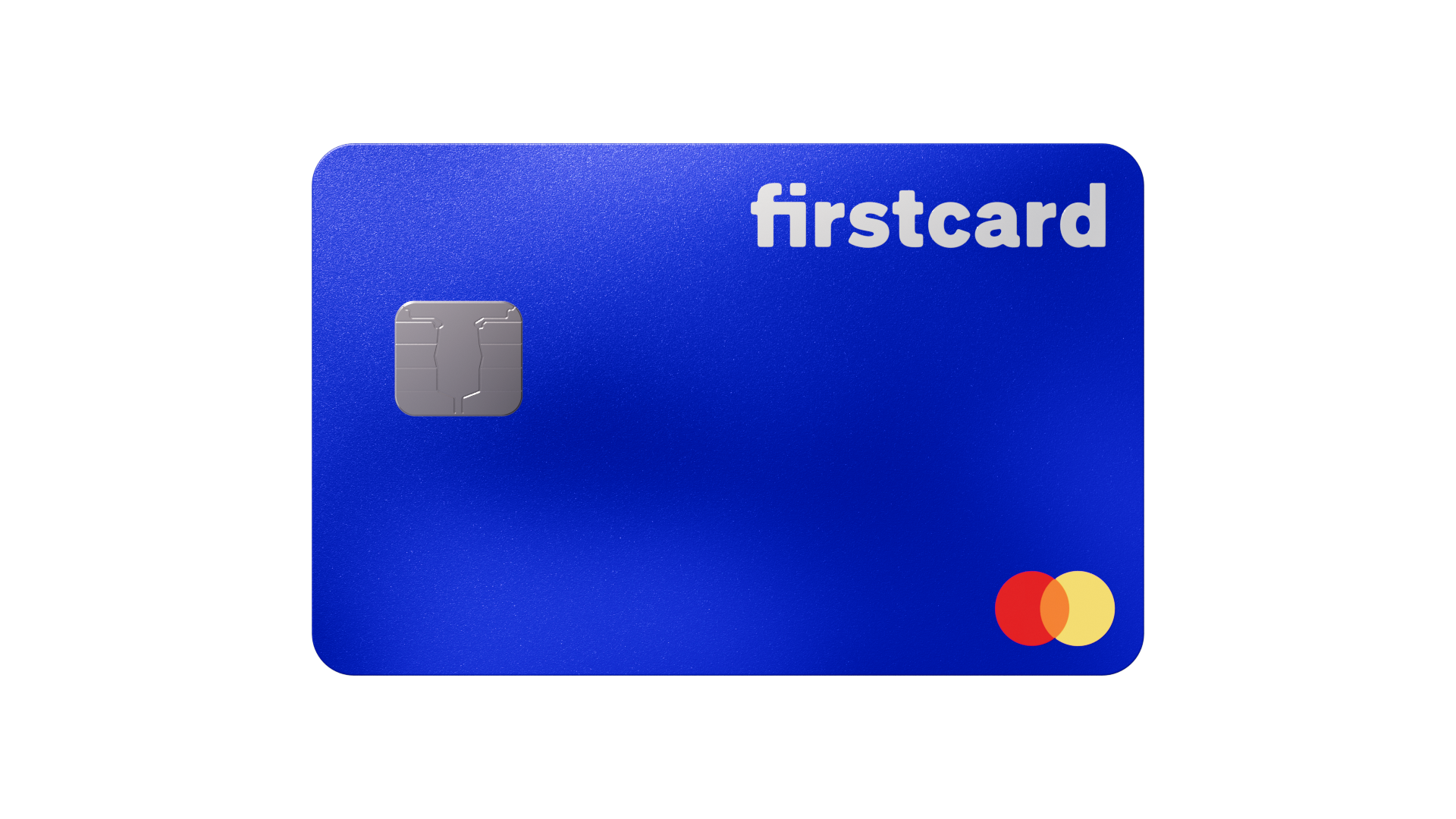Credit Card Trends in 2024: What to Expect from the Market and Technology

Understanding Key Trends in the Evolving Credit Card Industry
The credit card industry is witnessing rapid advancements that directly influence how consumers interact with financial products. As we head into 2024, various trends indicate a shift in both consumer preferences and technological innovations that promise to reshape the financial landscape. Recognizing these changes is crucial for consumers aiming to harness the full potential of their credit card usage.
Increased Integration of Digital Wallets
One of the most significant trends is the increased integration of digital wallets. With the rise of smartphones and other mobile devices, consumers are increasingly seeking payment solutions that minimize hassle and maximize convenience. Digital wallets like Apple Pay, Google Pay, and Samsung Pay allow users to store their credit card information securely in an app on their devices, facilitating quick and contactless transactions. This not only speeds up the checkout process but also enhances security through encryption and tokenization. For instance, instead of swiping a physical card, consumers can simply tap their phone at the register, promoting a smoother shopping experience while reducing the risk of card theft.
Enhanced Security Features
As digital transactions become more prevalent, the need for enhanced security features rises. Credit card companies are stepping up their efforts to combat sophisticated fraud threats, often employing advanced technologies like biometric authentication. This includes fingerprint scanning or facial recognition that adds an extra layer of protection during transactions. For example, some banks offer cards that can only be activated when the cardholder’s fingerprint is verified, making unauthorized use nearly impossible. With identity theft on the rise, these innovations provide consumers with peace of mind while shopping or managing their accounts online.
Sustainable and Eco-Friendly Options
Another noteworthy trend is the growing emphasis on sustainable and eco-friendly options in the credit card industry. As environmental consciousness rises, many financial institutions are beginning to offer credit cards made from recycled materials or that contribute to ecological initiatives. For example, some credit cards partner with environmental organizations, pledging to donate a percentage of consumer spending towards reforestation efforts or renewable energy projects. By opting for these eco-friendly cards, consumers can align their financial choices with their values, promoting sustainability while enjoying the benefits of their credit cards.
Additionally, as technologies such as artificial intelligence and machine learning advance, they will significantly enhance personalized financial services. These innovations improve fraud detection methods and allow for tailored rewards programs that cater to individual spending habits. For example, credit cards may offer higher cash back on purchases made at grocery stores for consumers who predominantly shop for food, thus providing them with more relevant benefits.
As we approach 2024, staying informed about these trends equips consumers to make educated decisions regarding their credit usage. By utilizing the latest technologies and understanding emerging features, individuals can not only secure their transactions but also optimize the rewards they earn. This proactive approach to credit card management will ensure that users can adapt to the ever-changing financial environment with confidence and efficiency.
DISCOVER MORE: Click here to learn about the impact of credit card interest rates
Innovative Payment Solutions for the Modern Consumer
As we dive deeper into the world of credit cards, one key point to consider is the evolution of innovative payment solutions. With advancements in technology, the financial sector is evolving rapidly to meet modern consumer demands. In 2024, we can expect to see a surge in features that cater specifically to the functional and experiential needs of users, creating a more seamless interaction with credit cards.
Contactless Payment Technology
The rise of contactless payment technology has transformed how consumers make purchases. Instead of inserting or swiping a card at the point of sale, users have the option to simply tap their cards against a compatible reader. This improvement not only expedites checkout but significantly enhances hygiene, an aspect that consumers are increasingly conscious about post-pandemic. Retailers across the United States are adopting contactless systems, allowing for faster transactions, especially in fast-paced environments like restaurants and grocery stores. By 2024, it’s anticipated that nearly all credit cards will feature this capability, providing an essential convenience for both consumers and merchants alike.
Flexible Payment Options
Another trend set to gain momentum is the introduction of flexible payment options directly linked to credit cards. Many issuers are recognizing that consumers may prefer more control over how and when they pay their bills. As a result, we’ll likely see credit cards that allow users to choose installment plans at the moment of purchase, rather than relying solely on traditional monthly payments. For instance, instead of having a fixed monthly payment amount, consumers might be able to break larger purchases into manageable installments, making it easier to budget and avoid credit card debt.
Rewards Programs Tailored to Preferences
Consumers can also anticipate a shift towards more personalized rewards programs. As credit card companies collect data on spending habits, there’s potential for these rewards programs to become more sophisticated and tailored to individual users. For example, if a consumer frequently dines out or travels, they can expect rewards that cater specifically to dining experiences or travel perks, such as airline miles or hotel discounts. This level of personalization empowers cardholders to maximize their benefits based on their lifestyles, ensuring that they are not just passive recipients of generic rewards.
Emerging Payment Platforms and Neobanks
The emergence of payment platforms and neobanks is another trend shaping the credit card landscape in 2024. Neobanks, which are fully digital banks without physical branches, offer a fresh alternative for consumers seeking modern banking solutions. Many neobanks are providing attractive credit card options with lower fees and more user-friendly interfaces. These institutions often incorporate technology that allows consumers to manage their finances in real-time, giving users a panoramic view of their spending habits and credit utilization. Most importantly, neobanks offer lower barriers to entry, appealing to younger consumers who may be just starting to build their credit history.
As these innovations and trends evolve, it’s crucial for consumers to stay informed and adaptable. By understanding the shifting landscape of the credit card market in 2024, individuals can make informed decisions that enhance both their financial literacy and their everyday purchasing experiences.
DON’T MISS OUT: Click here to learn how to apply
Enhanced Security Features and Fraud Prevention
As the landscape of credit cards continues to evolve, enhancing security features and fraud prevention measures will remain a top priority for issuers. Consumers are increasingly concerned about the safety of their personal and financial information, particularly in light of rising cybercrimes. By 2024, we expect to see the widespread implementation of advanced technologies designed to protect consumers from fraudulent activity.
Biometric Authentication
One significant innovation is the integration of biometric authentication. Credit card companies are exploring the use of fingerprint scanning and facial recognition technology to authenticate transactions, adding an extra layer of security. Imagine a scenario where you make a purchase online, and instead of entering your PIN, you simply scan your fingerprint or use facial recognition on your smartphone. This approach not only enhances security but also streamlines the checkout process, making it faster and more user-friendly.
Real-Time Transaction Alerts
Another anticipated feature is the rise of real-time transaction alerts. In 2024, consumers can expect to receive immediate notifications after any transaction made with their credit card. This will empower users to monitor their accounts closely and swiftly report any unauthorized transactions. For instance, if you receive an alert about a purchase you did not make while at work, you can quickly take action to secure your account, significantly minimizing potential losses.
AI-Powered Fraud Detection
The use of artificial intelligence (AI) in fraud detection is set to become more prevalent. Credit card companies will employ machine learning algorithms that analyze spending patterns to identify unusual behavior. For example, if your typical spending is confined to local grocery stores, yet a transaction appears from a retail outlet across the country, the AI system may flag this as suspicious activity. This proactive approach not only helps in thwarting fraud but also creates a safer environment for consumers.
Tokenization and Encryption
Furthermore, we can expect a greater reliance on tokenization and encryption for in-person and online transactions. Tokenization replaces sensitive card information with a unique identifier or ‘token’ that can be used for transactions without exposing the actual card number. This greatly reduces the risk of data breaches. Encryption technology will ensure that any data transmitted during a transaction is scrambled and unreadable to unauthorized parties, providing another level of security.
Digital Wallet Integration
Additionally, the integration of digital wallets with traditional credit cards will gain traction. Many consumers are already using platforms such as Apple Pay or Google Wallet to make expedited payments. As more credit cards support these digital wallet options, users can enjoy enhanced security and convenience with their transactions. Imagine merely tapping your phone at the counter, with your card’s information being securely managed within the app, shielding it from potential theft.
As these security innovations continue to mature, consumers can embrace the confidence that their financial information is protected while they enjoy the benefits of modern credit card features. Staying informed about these developments will ensure that users can take full advantage of the evolving credit card landscape in 2024.
DISCOVER MORE: Click here to dive deeper
Conclusion
As we look ahead to 2024, it is evident that the credit card landscape is poised for transformative changes, driven by both technology advancements and evolving consumer preferences. With a steadfast focus on enhancing security features and fraud prevention, issuers are set to implement innovative solutions that give consumers greater peace of mind. The integration of biometric authentication and the use of AI-powered fraud detection will not only streamline transactions but also provide layers of security previously unseen in the financial realm.
Furthermore, the adoption of real-time transaction alerts will empower consumers by keeping them informed and in control, allowing swift responses to potential threats. The rise of tokenization and encryption adds an important shield against cyber threats, ensuring that personal information remains protected during transactions. As digital wallets gain traction, their compatibility with traditional credit cards will create a seamless payment experience for users.
Ultimately, staying informed about these trends will be crucial for consumers seeking to make educated decisions about their credit options. Embracing these innovations allows individuals to navigate the increasingly digital financial ecosystem with confidence and security. In 2024, the credit card market is not just evolving; it is revolutionizing the way we think about payment methods, privacy, and protection in our daily lives.


